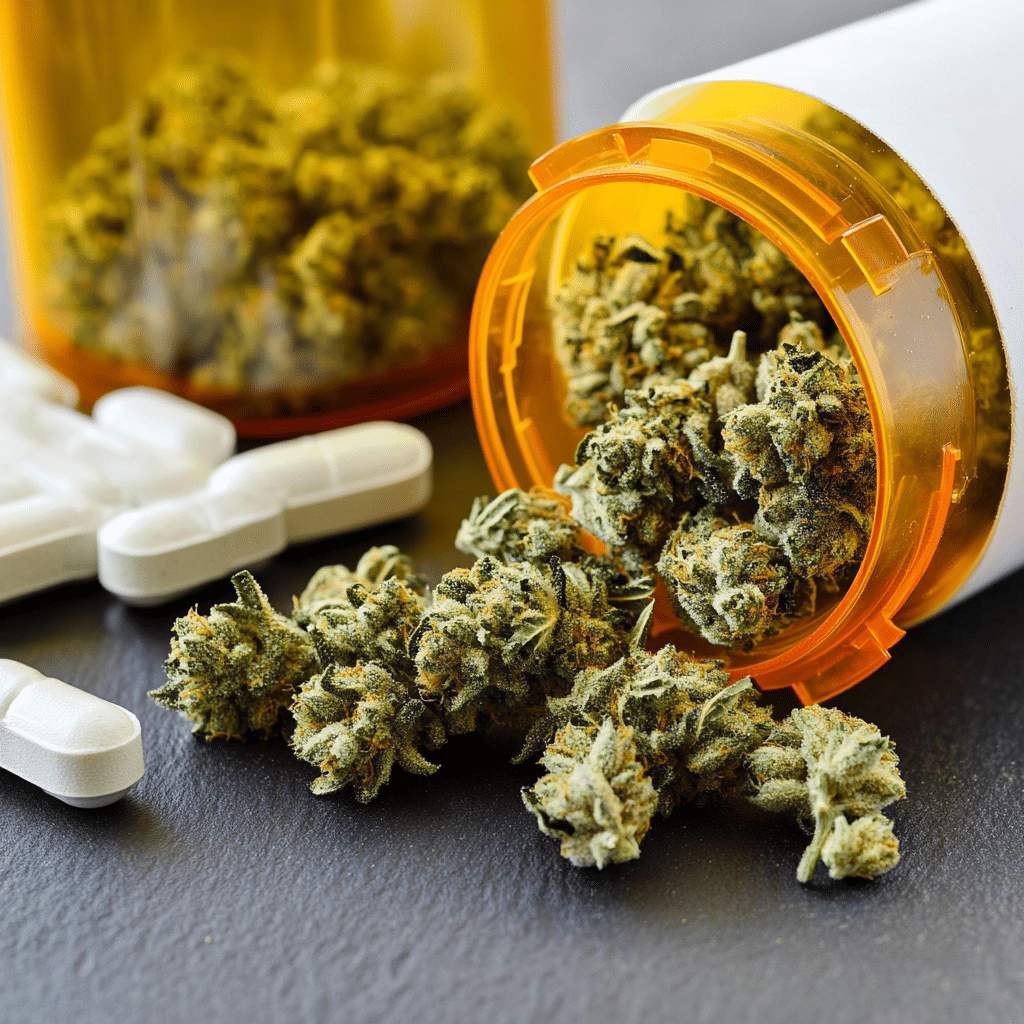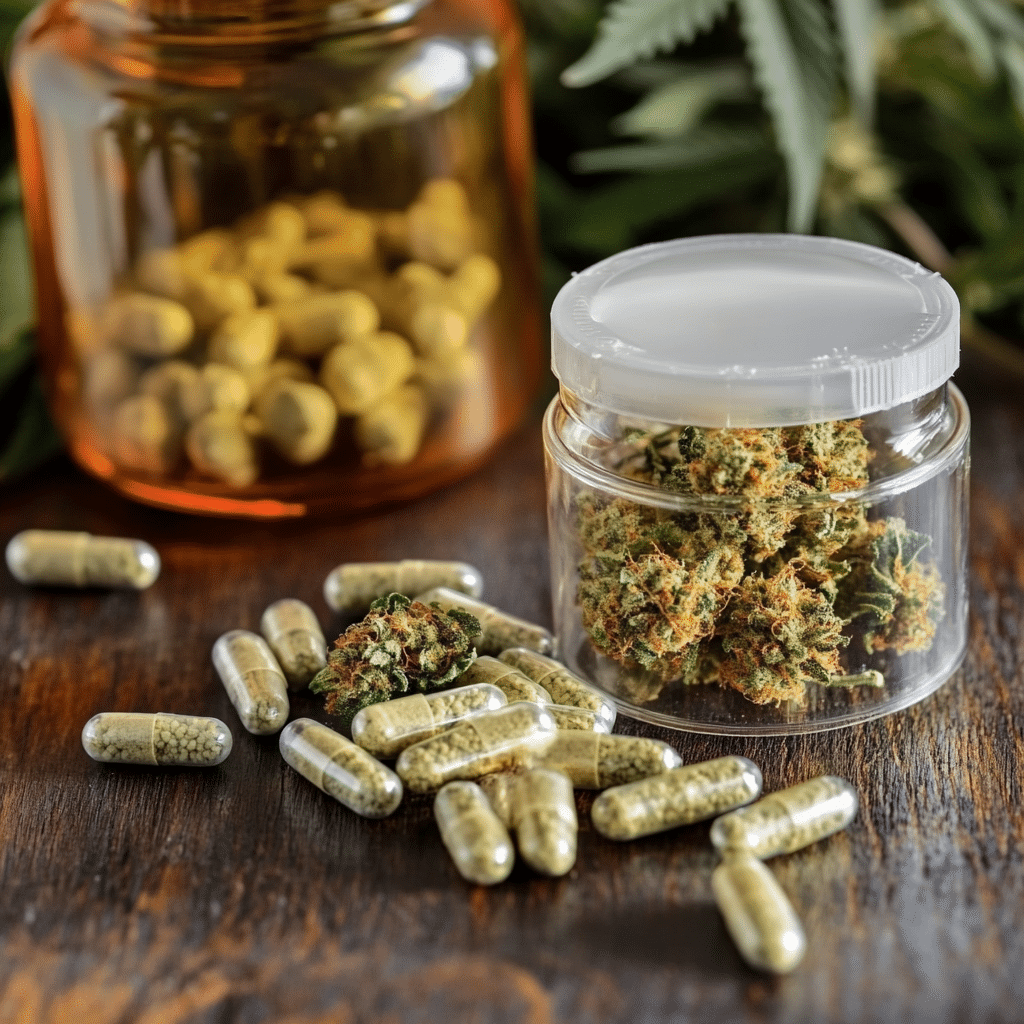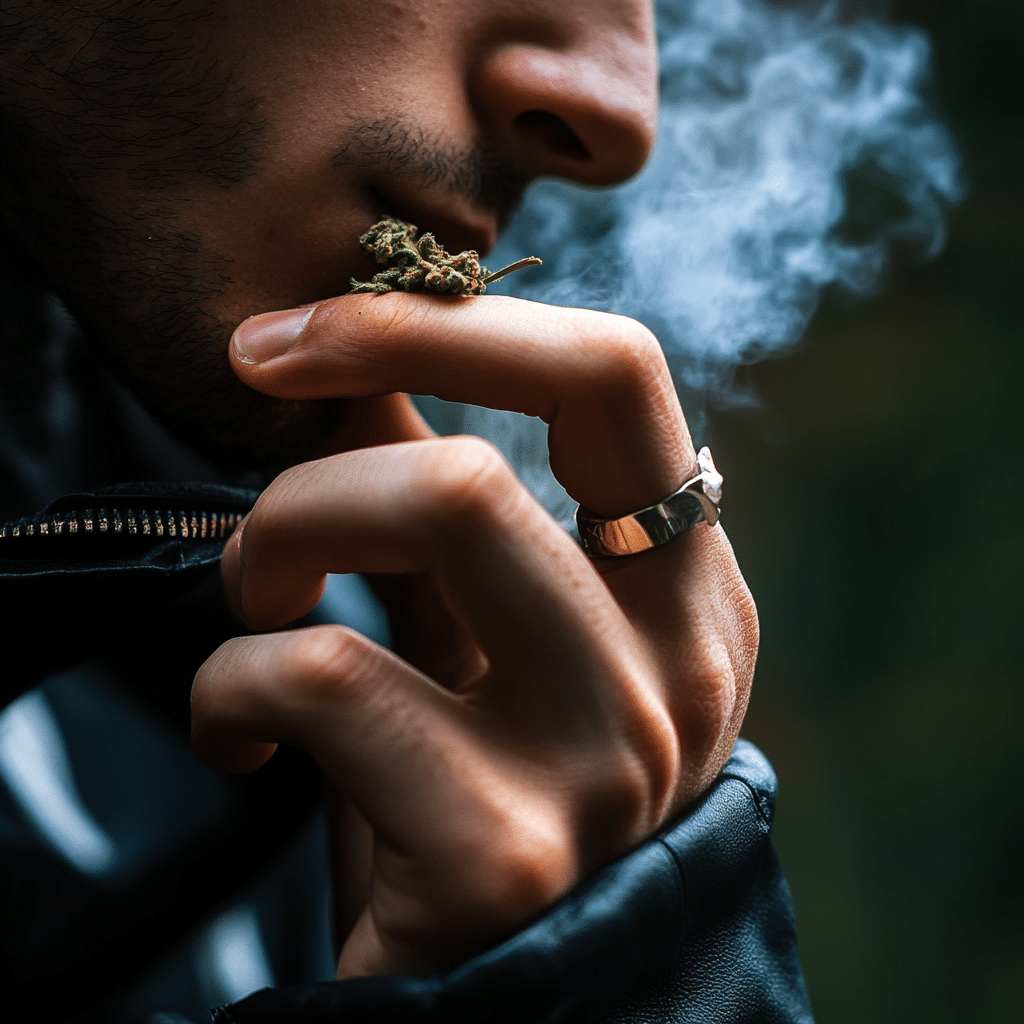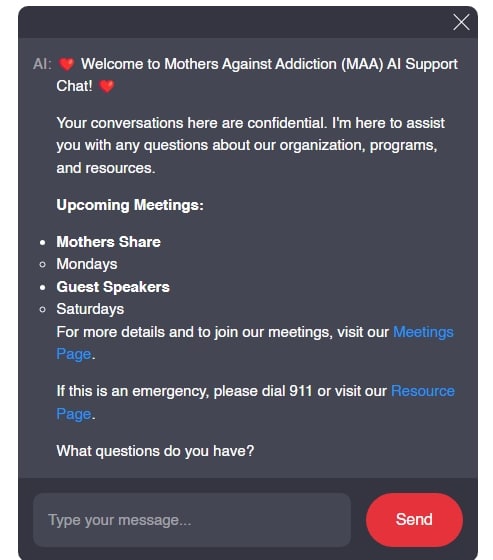Understanding the risks related to marijuana use in today’s society isn’t just about looking at it in black and white—it requires delving into its psychological and physiological effects. Many people often think of marijuana as a safer choice compared to other illegal drugs. However, the rising prevalence of marijuana use, especially among our youth, prompts us to seriously consider what is the risk for addiction in marijuana and the public health issues that arise from it.

1. Overview of Marijuana Addiction: What Is the Risk for Addiction in Marijuana?
The topic of marijuana addiction is layered and complex. Research from the National Institute on Drug Abuse reveals that about 9% of people who use marijuana may develop an addiction. This figure can climb to about 17% for those who begin using in their teenage years. Addiction isn’t just about the physical symptoms; it encompasses a wide range of behaviors, including dependence. When someone feels they can’t function normally without their substance of choice, it can lead to distressing withdrawal symptoms when they try to quit.
This situation can be particularly heartbreaking for parents who see their children struggle. It’s vital to understand the signs and effects of marijuana dependence so that families can act swiftly if they sense something’s amiss. Resources like Mothers Against Addiction provide crucial support for parents navigating this complex emotional terrain.
As parents, we often hear about necessity and the decision-making process regarding drugs. Families facing these challenges might first need a little guidance—like finding compassionate therapists or exploring community programs. Understanding the psychological components of addiction can empower parents to better support their children.

2. Usage and Mortality Statistics of Marijuana
With more states opting for legalization, marijuana’s use has surged. According to the Substance Abuse and Mental Health Services Administration (SAMHSA), nearly 48.2 million Americans aged 12 and older reported using marijuana in the past year. That’s a staggering number, highlighting how ingrained this is in our culture now.
Yet, the surge in usage has led to concerning outcomes. Emergency room visits tied to marijuana consumption have drastically increased, indicating that despite its reputation as a “harmless” substance, it can lead to serious health complications. The Centers for Disease Control and Prevention (CDC) has noted a slight uptick in overdose deaths linked to marijuana, particularly when used alongside other drugs. This polydrug situation illustrates the dangers present when individuals combine substances—raising questions about public health and safety in this context.
This brings to the forefront a vital discussion. Parents must have open conversations with their children about the reality of drugs, including marijuana. The rising usage and mortality statistics of marijuana lay the groundwork for the sensitive yet necessary discussions about risks.
3. The Nuanced Argument: Is Marijuana Really Safer Than Cocaine?
It’s tempting to compare marijuana to drugs like cocaine and assume that marijuana is the safer choice. However, understanding the broader context around these substances is essential. Cocaine is notorious for its addiction potential, with well-documented withdrawal symptoms such as fatigue and depression. In contrast, marijuana’s active compound, THC, can linger in the system for days, even weeks.
So, how long does weed stay in the system after quitting? Regular users can have detectable levels of THC in urine for up to 30 days or longer, unlike cocaine, which typically clears the system in a few days. This variability can complicate detection and lead to misjudgments about use.
When discussing these substances, it’s important to remember that personal susceptibility varies. Individuals with a history of addiction or mental health issues may find themselves at even greater risk. Thus, it’s essential to take such information seriously as we seek to educate our youth effectively.
4. The Psychological Aspect: Triggers and Risks for Addiction
When it comes to the psychological aspects of addiction, understanding triggers is crucial. Social environments, anxiety, and pre-existing mental health challenges can significantly elevate the risk of developing an addiction to marijuana. Alarmingly, many young adults turn to marijuana as a coping mechanism for stress or anxiety, inadvertently paving a slippery slope toward dependency.
Moreover, marginalized communities often bear the brunt of addiction’s adverse effects, showing a disproportionate impact. This data reveals the overlap between socioeconomic factors and mental health, creating an urgent need for targeted resources tailored for those struggling in these environments. It’s heart-wrenching for parents to watch their children succumb to dependency fueled by socio-economic stressors.
Parents can benefit from keeping an eye out for the Signs Of depression in men and women alike. Participating in community discussions or seeking local support systems can help parents better understand the emotions and struggles their children face. Navigating addiction needs collaboration—from healthcare professionals to the families who love them.
5. The New Landscape: Regulations and Public Perception
As more states embrace the legalization of marijuana, public perception has evolved dramatically. Well-known brands like Charlotte’s Web and Canopy Growth have redefined marijuana as a medicinal, even safe, option. However, while these narratives are compelling, they need to be weighed against the growing statistics indicating rising addiction rates and subsequent healthcare costs.
Regulatory agencies are finding it challenging to keep up with this rapid shift. Since Colorado’s legalization efforts, both usage and associated health risks have skyrocketed. This scenario underscores the need for effective educational campaigns focusing on reducing addiction risks. Communities need to recognize that understanding what is the risk for addiction in marijuana is not just a personal concern but a collective responsibility.
Education is key. As discussions about marijuana and its legalization shift, it’s critical to ensure that community members, especially youth, understand not just the benefits touted in ads, but also the real potential for addiction lurking just around the corner.
6. The Road Ahead: Public Health Needs and Preventative Measures
In response to rising marijuana use, public health organizations must adapt to address the heightened potential for addiction. Recent reports from the National Institute on Drug Abuse (NIDA) emphasize the importance of early interventions—particularly within school systems.
Building informed educational programs will help equip young people with the knowledge they need to make safe choices. Community-focused initiatives emphasizing drug education’s importance can create a safer landscape while simultaneously addressing the rising tide of addiction.
The normalization of marijuana use cannot be glossed over. More than ever, we need increased public awareness and preventive measures to challenge misconceptions surrounding marijuana. The blend of personal freedoms with public health is delicate and requires diligence, especially for our vulnerable populations.
As communities embrace this evolving narrative, the ongoing conversation about marijuana use must persist. The need for research, education, and vigilance becomes ever more pressing as we strive to understand and mitigate the risks involved.
In summary, parents grappling with these issues should feel encouraged to reach out for help. Navigating the complexities of addiction can be daunting, but with the right resources and support, it’s possible to foster resiliency in our loved ones and communities. Organizations like Mothers Against Addiction are here to help families find their way through the hurdles that life presents, especially when addiction is on the horizon.
If you’re a parent looking for support or guidance, don’t hesitate to explore available resources. Whether that’s finding a therapist near me mental health or connecting with programs designed for families, you don’t have to go through this journey alone.
What Is The Risk For Addiction In Marijuana
The Rising Tide of Marijuana Use
As marijuana becomes more accessible due to legalization, it’s vital to grasp what is the risk for addiction in marijuana. Recent studies indicate that about 9% of users may develop an addiction, a figure that jumps to about 17% for those who start using in their teens. That’s no small potatoes! Think about it, parents: if your child starts experimenting young, the likelihood of facing addiction challenges skyrockets. This number parallels other crises we see impacting our youth, prompting a serious discussion about our societal attitudes. It’s reminiscent of evolving trends, like the latest in EV news, which shape our understanding of health technology and regulation.
Understanding the Mechanics
So what’s happening on a biological level that makes marijuana addictive? One word: pharmacological. The components in marijuana can mess with brain chemistry, particularly in areas responsible for pleasure and reward. When kids consume marijuana consistently, their brains may start to crave that feel-good response, much like how someone might come to rely on a 1965 quarter for luck in penny slots. This drive for reward can lead to a foggy path where addiction sneaks in under the radar, and before you know it, your child is in a pickle.
Questions You Might Have
You may wonder, Can You take marijuana without falling into the addiction trap? That’s a valid concern. While many people can use marijuana for recreational purposes without developing a dependency, the risk factors are nuanced. If you suspect a loved one is heading down that slippery slope, it might be worth considering some resources. Education can be a powerful ally, offering insight through avenues like the glow recipe advent calendar of substance education. It might not sound fun at first, but knowledge can be a game-changer!
The conversation surrounding what is the risk for addiction in marijuana isn’t just for the scientists and experts; it’s for every parent who wants to keep their child safe and thriving. By staying informed and proactive, we can collectively tackle this issue, breaking down the barriers that addiction often erects. And remember, it’s essential to keep an eye on definitions too—having a grasp on terms like moratorium definition can further equip us when discussing these serious topics. So let’s stay engaged and protect our loved ones!





























